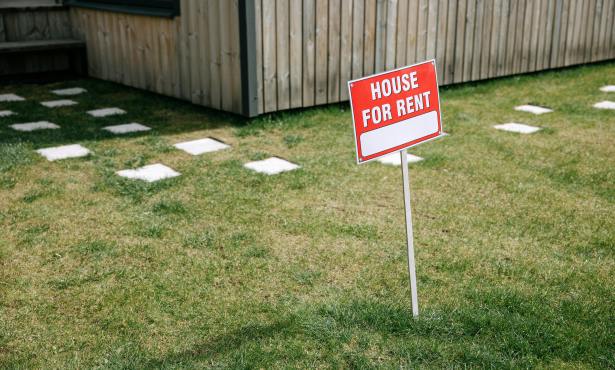Lack of Affordable Housing Drives Up Homelessness
Homelessness Has Risen by 5 Percent in the Past Year

In just four years, 129 homeless individuals have died on the streets of Santa Barbara County. Their average age of death was just 58 years old, compared with 76 years in the housed population. This means that being homeless in Santa Barbara decreases life expectancy by almost 20 years. As residents of Southern California and students at University of Southern California’s graduate school of social work, we have witnessed the increase in homelessness throughout our community. The primary responsibility of social workers is to advocate and provide services to underserved populations, which is why we want to bring renewed public attention to this devastating issue. Too many lives have been lost to this crisis, and we need a solution now.
Homelessness has been increasing in Santa Barbara for decades, fueled by the high cost of living, restrictive building regulations, and community opposition to affordable housing development. In 2018, after 41 homeless individuals died in Santa Barbara for the second year in a row, the county declared a crisis in both homelessness and housing. This year, the Grand Jury published two reports condemning the county’s dismal progress addressing homelessness and affordable housing. Despite this increase in public attention, we are nowhere near a solution. In fact, homelessness has risen 5 percent in the last year. One out of every 500 people in the city are without a permanent home. Even worse, one out of every eight school-age children in the county is currently considered homeless.
The majority of homeless people in Santa Barbara are working families who received a rent increase, lost income due to COVID-19, or simply cannot afford the cost of housing. Only 32 percent of those surveyed for the 2020 Point-in-Time survey are chronically homeless, and require additional mental and behavioral health services to successfully transition to housing. Nearly half of those surveyed said it was their first time experiencing homelessness.
So how did we get here? The county is ranked one of the highest in cost burden for renters in California. With 60 percent renting, the majority of Santa Barbara is forced to compete for limited, and expensive apartments, and before 2013, the city went more than 40 years without building any affordable housing. With a median rent of $1,925 for one-bedroom apartments, residents would need to earn $37 an hour, or $77,000 annually for rent to represent the recommended percentage of income. No wonder the poverty rate in Santa Barbara is 10 percent higher than the national average. It is clear that Santa Barbara has not maintained its commitment to provide adequate affordable housing, instead prioritizing preservation of the city’s character over residents’ quality of life, and neglecting the diversity of people that the city celebrates.
In the face of this crisis, support for affordable housing developments has made some headway, but not nearly enough. On October 6, the City council recommended the Planning Commission approve increasing the Affordable Unit requirement in rental housing projects to 15 percent for all areas outside the Central Business District. This would mean that for every 100 units built, 15 must be affordable. The Housing Authority of the City of Santa Barbara is also moving forward with plans to serve homeless and low-income individuals. Since January the HACSB has permanently housed 78 people, and proposed new developments such as 116 East Cota Street with 29 units, which would target homeless and low-income families.
With an estimated 8,000 affordable units state-mandated by 2031, significant action is still needed. California’s safeguards against eviction moratorium for COVID-19 will soon lift. Beginning September, tenants are required to pay at least 25 percent of their rent, and by January 31 tenants who haven’t paid anything will be evicted. If we can’t begin to keep up with the current housing and homeless crisis, how will we protect our residents who are on the brink of falling into homelessness?
Santa Barbara is a city rich with culture and resilience. We pride ourselves on our heritage and commitment to join together in the face of adversity to improve the community for everyone. And yet we are ignoring the needs of vital members. If we continue down this path, the nurses, firefighters, teachers, and children who form the fabric of Santa Barbara will be driven out of the city, or into poverty and homelessness, and the rich texture of the community will suffer.
We must protect the lives of our residents, starting with supporting homeless solutions and understanding that affordable housing for the workforce is an essential element of any thriving community. Take action now by supporting organizations like SBAct and PATH Santa Barbara, who work to provide shelter and abolish homelessness. We urge you to make your voices heard at City Council to fast track the new development projects that are critical to the long term stability and health of all of Santa Barbara’s residents. With the strength of our community, we can move one step closer to solving Santa Barbara’s homelessness crisis.
Ashley Chacon has worked in the warehousing and logistics industry helping fight for workers rights through education, advocacy, and action. Matthea Rile-Schmidt is a certified behavioral therapist in Santa Barbara passionate about developing solutions to meet the needs of children and working families.



